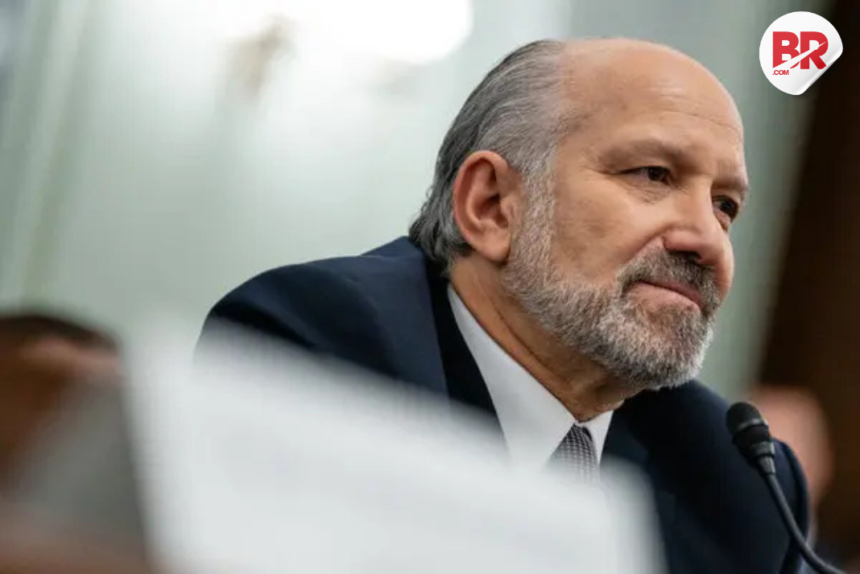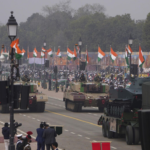India’s long-running defence deals with Russia—and its role in BRICS de-dollarisation efforts—have not sat well with the United States.
US Secretary of Commerce Howard Lutnick said these moves “rubbed America the wrong way,” although he added that both nations are now in a “really good place” and moving forward on a trade deal.
Speaking at an event in Washington, Lutnick didn’t mince words. “You generally buy your military gear from Russia. That’s a way to kind of get under the skin of America,” he said. “And being part of BRICS—which wants to move away from the dollar—that’s not really how to make friends in America.”
He’s not wrong. India has historically sourced around 60–70% of its military hardware from Russia. And in recent years, New Delhi has doubled down on its strategic autonomy—including supporting BRICS’s talk of trading outside the dollar system.
That’s a red flag in America’s diplomatic playbook.
But here’s where it gets interesting. Lutnick also said things have changed. President Trump, he noted, “called out these issues directly,” and India has responded.
Today, “we’re in a really good place,” Lutnick added, suggesting that the first phase of a US–India trade deal could be signed soon.
From an Indian perspective, this is a classic case of walking a tightrope—between old allies and new partners. We’ve relied on Russia for decades, especially when the West turned its back during wars and sanctions. But now, the West wants us to pivot, shop Made-in-USA missiles, and keep our rupees inside the dollar club.
It’s less about loyalty and more about leverage. India doesn’t want to be anyone’s puppet.
And the US doesn’t like playing second fiddle in a world where BRICS is slowly reshaping global power dynamics. Remember, Trump even threatened 150% tariffs if BRICS pushed too hard for de-dollarisation.
Yet in realpolitik, conversations often matter more than complaints. India is already buying more defence tech from the US—like Apache helicopters and MH-60 Romeo choppers. The US, meanwhile, is working with India on critical tech and clean energy projects.
The takeaway? India is playing the long game. And it’s playing it smart. Balancing old loyalties with new opportunities. Because in today’s world, sovereignty isn’t just about soldiers and nukes—it’s also about who writes the rules of the next trade deal.




